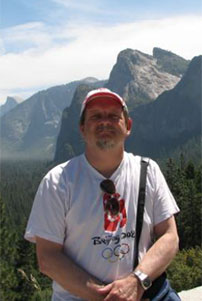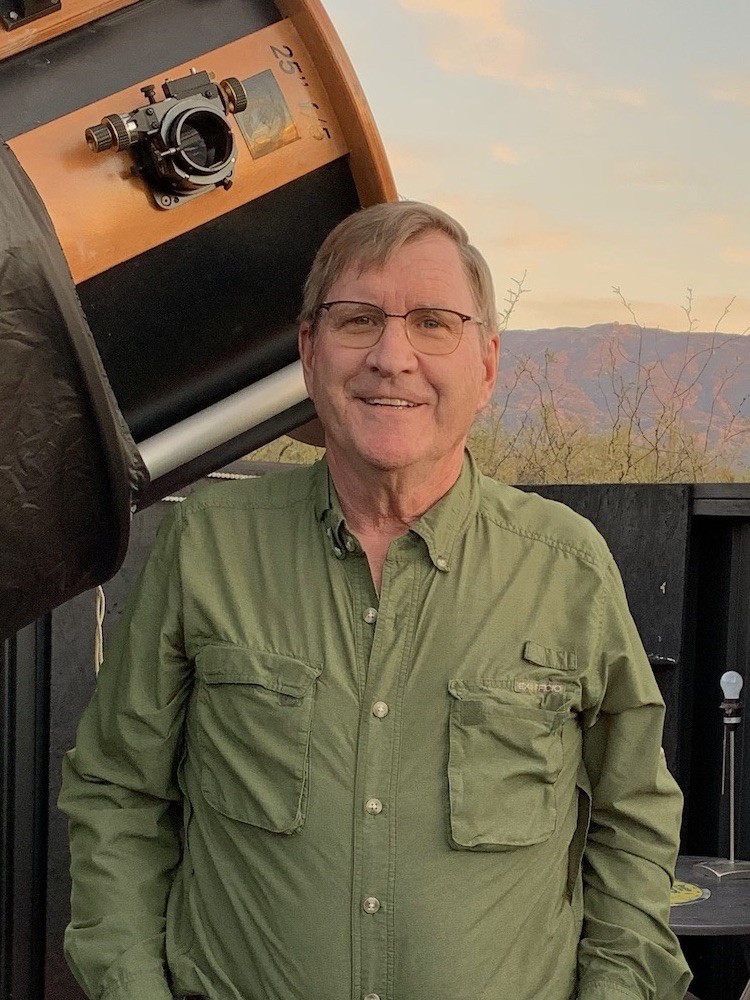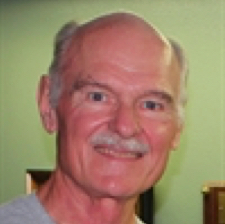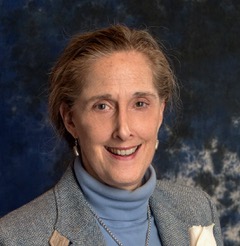Main Presentation:
History of Large Telescopes
Presenter: Stephen Ferris
This month our main topic will be on the history of large telescopes presented by Stephen Ferris.
Presenter: Stephen Ferris
This month our main topic will be on the history of large telescopes presented by Stephen Ferris.
PRESENTATION: Giant planets form within the first few million years of a system’s lifetime. After formation, these massive planets interact with their birth disks and gravitationally sculpt the environment of subsequent planet formation. Recent technical advances have enabled observations of the first few giant planets while they’re still forming and interacting with their parent disks. These planets induce large-scale structural changes in the disks alongside their on-going formation. And Dr. Kevin Wagner’s talk will highlight the first images of gas giant forming planetary systems. It will cover how these images are produced, what goes into their interpretation, and what they teach us about the formation of systems with giant planets (including our own solar system).
BIO: Dr. Kevin Wagner is a NASA Sagan Postdoctoral Fellow at the University of Arizona’s Steward Observatory. After growing up in Kentucky and Ohio, Dr. Wagner studied at the University of Cincinnati before receiving his Ph.D. at the University of Arizona. His research focuses on directly detecting and studying planets around nearby stars, such as Alpha Centauri, with a specific focus on finding and characterizing potentially life-supporting planets and understanding how planetary systems form and evolve.

I have been into Astronomy for most of my life. Started when I was 5 with a 3 inch Tasco refractor. Have been into Amateur Astronomy ever since. More than 50 years.
Several clubs. First club was the Warren Astronomical Society which meets at the Cranbrook Institute of Science in Bloomfield Hills, Michigan. This is where the Astronomical League started. I have always been involved in the AL.
I am currently the ALCOR for TAAA. Second time at that position. I have been ALCOR for other clubs also. Also Program Coordinator for the AL Analemma Observing Program. I have my AL Master Observing Award.
I have several undergraduate and graduate degrees, including MS in Physics. I did several years of undergraduate and graduate studies in Astrophysics.
I am an Engineer at Raytheon with 37+ years’ experience.

● From Chicago area. BS Business U of Montana, MS Computer Information
Systems, Regis University. Two adult kids, two step kids. Married to Pam. Live on far northeast side of Tucson.
● Airline Pilot: People Express Airlines, Continental Airlines, United Airlines
(mergers). Retired in 2016 on international 767 from Washington Dulles.
● Chair of the TAAA Nominations and Volunteer Resource Committee (four years).
● MemberPlanet Manager. Editor Desert Skies Bulletin.
●2 5 years of astronomy public outreach including teaching LLI astronomy classes.
● Currently have 25″ dob and 7″ refractor in my private observatory.
● Docent at the Arizona Sonora Desert Museum. Folk and bluegrass musician. Hiking. Skiing.

●Bachelor of Science in Engineering from Penn State, Married with 2 grown children, Tucson resident for 28 years. TAAA awards: Bok Award 2004 & Service Award 2006.
●Various levels of engineering responsibilities including management with GTE Sylvania for 23 years and Rain Bird for 13 years.
● TAAA positions: MAL, Vice-President and President (1998 – 2001). Developed and ran Astronomy Services program (paid star parties) for 17 years. Supported development of the TIMPA observing site.
● Chiricahua Astronomy Complex: One of the four Perseus Group members who donated the property, CAC Site Construction Coordinator from 2008 – 2018 (Phases 1 – 6), CAC Site Director from 2010 – 2017, currently construction Coordinator for Member Observatories project. TAAA member for 28 years

● BS & BA in Accounting University of Alabama, CPA (licensed in Virginia),
● CRFAC (Certified Forensic Accountant).
●Bank CFO, Banking Regulator, Banking Consultant.
● Financial Managers Society, Inst Management Accountants, CPA Society,
Technology Club.
● Treasurer, Northern Virginia Astronomy Club (1,000+ members), various
positions including President, VP and Treasurer in the non-profits listed above.
● Experience includes Quickbooks, PayPal, Club Express and GroupWorks.
● Disaster Responder for American Red Cross, teaching classes for Technology Club where I am also the Treasurer.
● Other interests include MahJongg, Book Club, travel and my puppy, Pippa.












The moon is a thin crescent on the 2nd at dusk and on the 28th
at dawn with Full Moon mid month (16th). On the 4th it is close to the Pleiades. The most beautiful sight will be the moon, Venus, and Jupiter close together on the morning of the 27th. Remembering this triangle during dawn, one can try to see how long one can watch it naked eye. Jupiter becomes invisible at sunrise, 6:00 am while Venus can be seen at least another half hour, possible even past noon if the sky is very clear.










Presenter: ???
This month we will be going over the last two of the 88 constellations, Pavo and Octans.
Presenter: Doug Smith
Afterwards Doug Smith will be giving the main topic presentation on Lunar Evolution.